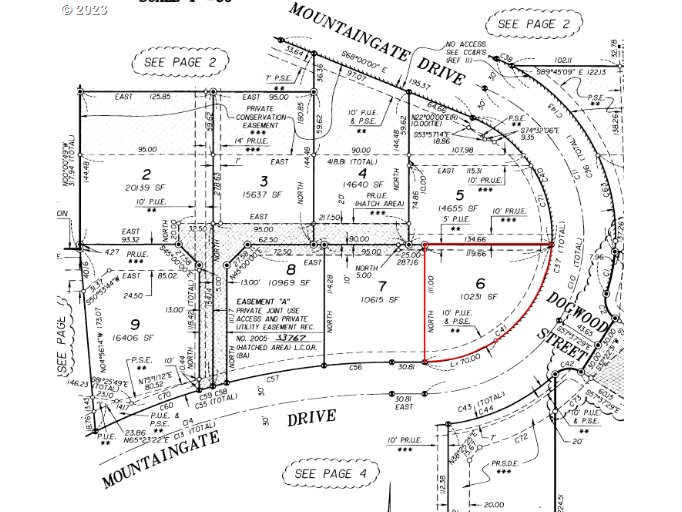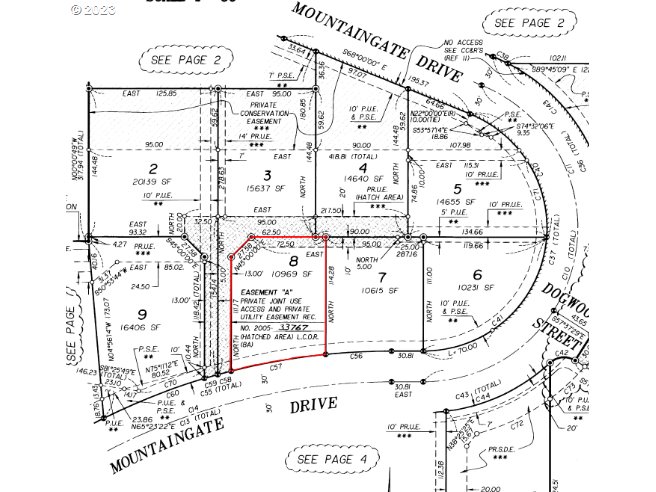New Construction Is Down Nationally And Locally
Good Monday Morning!
The number of new housing starts both nationally and locally are continuing to dip. This would be expected with any downturn in the economy. Another issue with new construction is that the cost of new housing is also increasing and making new homes less affordable to would be buyers. This is not good for anyone in the business of building new homes or supplying material for new homes. Home construction is also one of the key elements for maintaining a healthy economy and when housing starts dip, it typically has a major effect on the overall economy. The lack of affordable new housing also has an effect on existing housing. A decrease in new homes on the market will typically help keep exising home demand higher and help uphold existing home values. It will be interesting to see what happens with new home starts as we enter the time of year when new home construction typically peaks. The following article is from "Realtor.com" that talks about the national market for new homes.
The numbers: Construction on new U.S. homes fell a seasonally adjusted 4.5% in January to 1.31 million, the Commerce Department said Thursday.
The drop in construction on homes follows the decline in December, when housing starts also fell by 3.4%
The drop was larger than what Wall Street expected. Economists polled by the Wall Street Journal expected housing starts to drop to a 1.35 million rate from December’s initial estimate of 1.38 million.
Construction is at the lowest level since June 2020, during the depths of the coronavirus pandemic. Starts have also fallen for the fifth month in a row.
The annual rate of total housing starts fell from 27.3% from the previous year.
In December, housing starts were revised to a drop of 3.4% of 1.37 million, as compared to a previous drop of 1.4%.
Building permits for new homes rose 0.1% to 1.34 million in January.
Economists had expected building permits to rise to a 1.35 million rate from December’s initial estimate of 1.34 million.
Key details: On an unadjusted basis, housing starts fell 1% in January.
The construction pace of single-family homes fell 4.3% in January and apartments fell 5.4%.
Permits for single-family homes fell 1.8% in January, while permits in buildings with at least five units rose by 0.5%.
Notably, permits for middle housing, or buildings with 2 to 4 housing units like townhomes, rose by 26.1%.
Regionally, construction of homes rose the most in the south and the west.
Single-family construction in the south led the jump with a 11.6% increase. The northeast and west regions reported a drop in single-family construction.
Big picture: The housing starts data likely reflects builders’ subdued sentiment from back in January, when they were only slowly becoming confident that buyers would return.
Builders have since become even more confident that sales of new homes will increase, and are signaling that they will ramp up production in the months ahead.
What are they saying? “Strong economic data (retail sales and jobs report) from January mean the Fed is likely to raise the fed funds rate higher than previously expected to get inflation under control,” Abbey Omodunbi, senior economist at PNC, wrote in a note.
And “this will put upward pressure on mortgage rates and slow housing demand even further this year,” he added.
The company is expecting home prices to fall by 12% in 2023.
“Home builders continue to face a raft of headwinds including worker shortages and fading housing demand,” Priscilla Thiagamoorthy, senior economist at BMO Economics, wrote in a note. “And, with rates likely to stay high for some time, homebuilders are not out of the woods… yet.”
Have An Awesome Week!
Stay Healthy! Stay Safe! Remain Positive! Trust in God!
THIS WEEKS HOT PROPERTIES FOR SALE!
 320 Mountaingate Dr, Springfield, OR
320 Mountaingate Dr, Springfield, OR
Price: $125,000 Acres: 0.23
 340 Mountaingate Dr, Springfield, OR
340 Mountaingate Dr, Springfield, OR
Price: $140,000 Acres: 0.25
AND HERE'S YOUR MONDAY MORNING COFFEE!!






